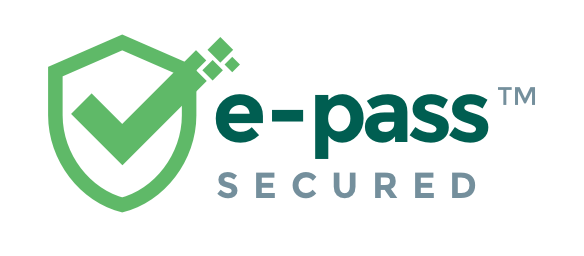Fill This Form To Receive Instant Help
Fill This Form To Receive Instant Help
Homework answers / question archive / Mindanao State University ACCOUNTING 141 MODULE 8 DOCUMENTATION, FINANCIAL ASSERTIONS AND AUDIT EVIDENCE PSA-BASED QUESTIONS 1)When reviewing audit working papers, the primary responsibility of an audit supervisor is to detemine that each worksheet is properly identified with a descriptive heading
1)When reviewing audit working papers, the primary responsibility of an audit supervisor is to detemine that
type will require further substantive testing.
audit report.
improvement.
obtained duting an audit.
reporting.
rather than merely persuasive.
based on evidence obtained at a reasonable cost.
than
at Plant B, where the CPA has made extensive tests of transactions because of ineffective controls.
responsibility.
being audited.”
system.
the financial statements.
financial statements that should have been included.
not have been included.

please use this google drive link to download the answer file.
https://drive.google.com/file/d/18G45cglzKlngAhZhCzio3kCDi6Qr5vdN/view?usp=sharing
note: if you have any trouble in viewing/downloading the answer from the given link, please use this below guide to understand the whole process.
https://helpinhomework.org/blog/how-to-obtain-answer-through-google-drive-link

